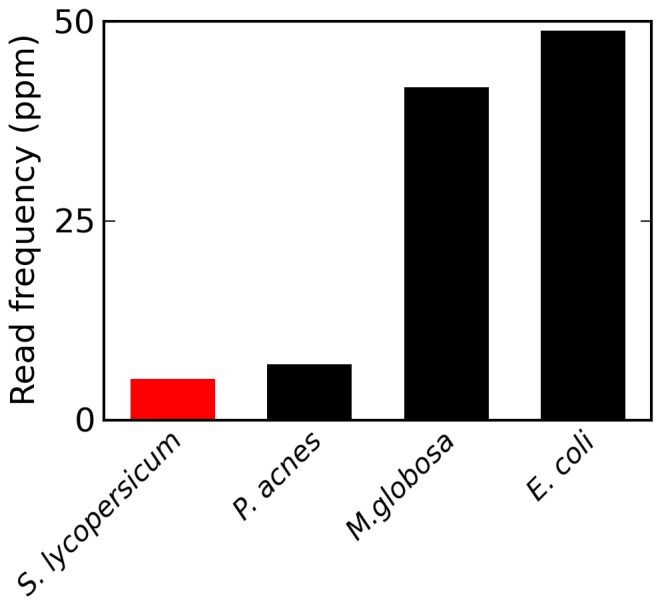Figure 5. Reads matching the tomato chloroplast genome are less frequent than other contaminant matching reads in samples of cell-free DNA.

Spisak et al [28] used the frequency of reads matching chloroplast genomes as evidence that genes pass intact from food to the bloodstream, and found S. lycopersicum (tomato) to be the most common contaminant. Evenly sampling from all of the sequencing samples generated by Spisak et al, I used identical criteria to investigate potential matches to three other contaminant species, E. coli, P. acnes and M. globosa. P. acnes and M. globosa are associated with the human skin flora. The frequency of reads matching each of these contaminant reads, per million reads in the pooled samples, is depicted.
